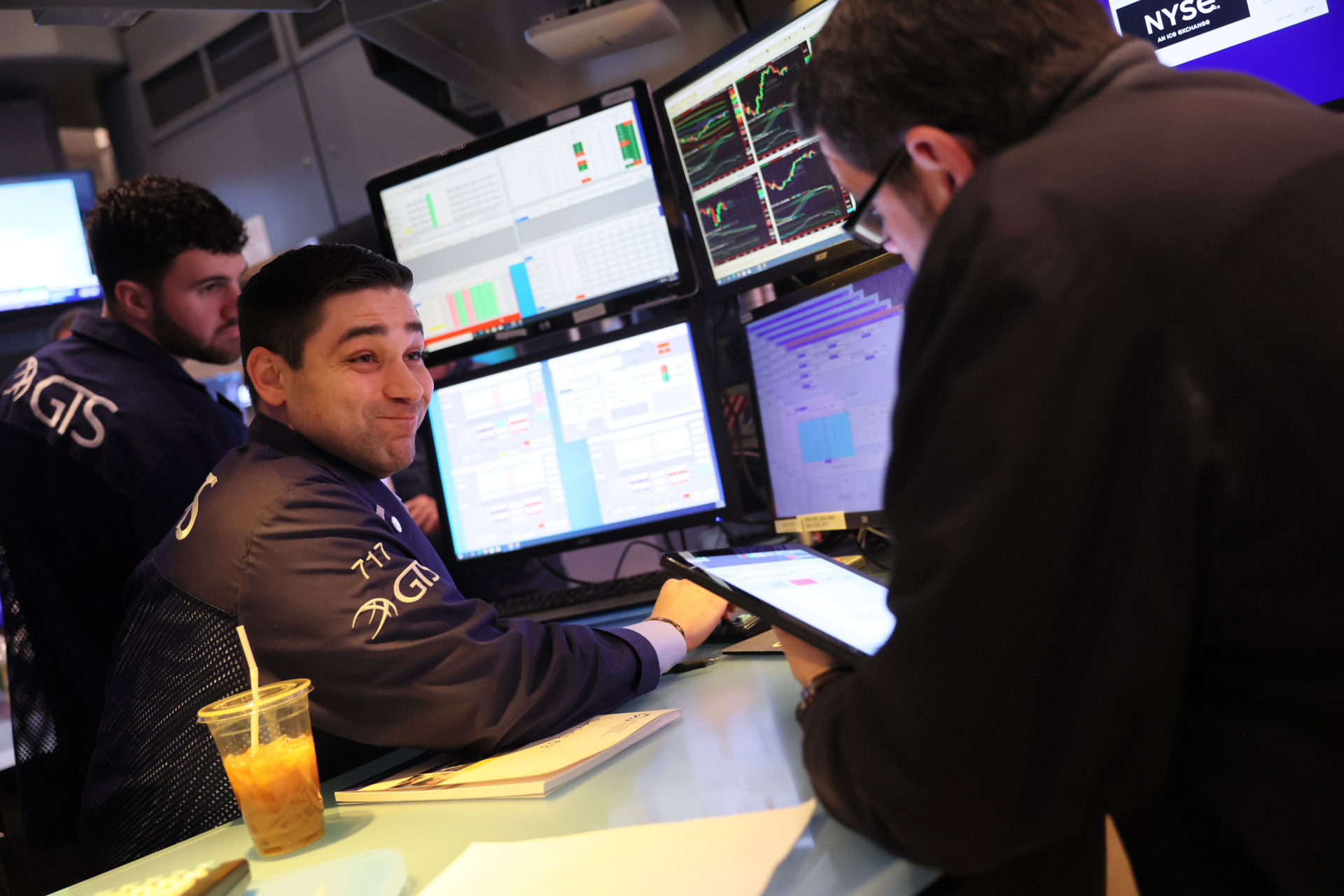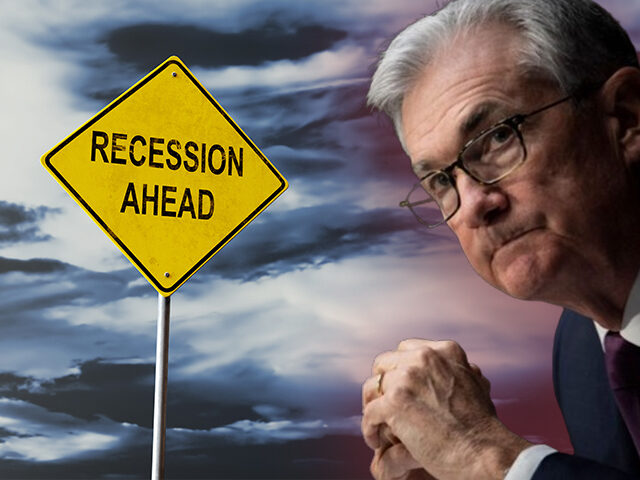The Fed Slightly Downgraded Expected Growth for 2023
The Federal Reserve appears to expect economic growth to come crashing to an abrupt halt later this year. The market suggests that is still too optimistic.
The Summary of Economic Projections released by the Federal Open Market Committee showed the median expectation for growth this year is just 0.4 percent, down a tenth of a point from the December projection. Next year’s growth rate is now seen at just 1.2 percent, down from the 1.6 percent projected in December.
What makes this remarkable is that we now know the economy not only very likely grew in the first quarter, it appears to have grown at a robust pace. The Atlanta Fed’s GDPNOW tracker has us on pace for 3.2 percent growth in the first quarter. That may be overstating the actual rate of growth, but even more conservative measures, such as Bank of America’s GDP tracker, have us growing at a one percent rate.
Back in December, Fed officials likely expected growth to decline at the start of this year much more than it has. So, in order to get just a 0.4 percent growth for the year, we very likely will have to experience one or more quarters of negative real growth. The paucity of the rebound forecast for the following year suggests that the Fed expects us to start next year in contraction.
The Fed Expects a Stronger Labor Market
The Fed did budge a bit when it comes to recognizing the strength of the labor market. The projections now contemplate the unemployment rate going to 4.5 percent, down a tick from the earlier projection of 4.6 percent. The range of projections has grown. Back in December, projections ranged from 4.4 percent to 4.7 percent. Now the low end is all the way down at four percent, suggesting the economy is becoming harder to read.
Inflation is expected to be more persistent. In December, the Fed was projecting headline personal consumption expenditure (PCE) inflation falling to 3.1 percent and core PCE falling to 3.5 percent by the end of this year. Now it sees headline PCE at 3.3 percent and core at 3.6 percent.
Despite that, however, the median projection for the federal funds rate was unmoved at 5.1 percent. So, the Fed is expecting less growth, a higher level of employment, and more inflation; but it is communicating that it will not react to those changes. In essence, the Fed is saying: we’re changing our views about the economy but not our view on rates. No wonder the market read the March meeting as dovish.

Traders work on the floor of the New York Stock Exchange on March 22, 2023, ahead of Federal Reserve Chair Jerome Powell’s announcement about interest rates. (Michael M. Santiago/Getty Images)
The federal funds futures market correctly predicted the quarter of a basis point hike. Now the implied odds are indicating that the Fed is likely done hiking, with less than a 40 percent chance of a hike at the May meeting. Strikingly, the odds of higher rates go down for subsequent meetings. So, the chance that the target will be higher than the current target falls to 30 percent for the June and July meetings and then zero for later meetings.
In fact, the odds now imply that the Fed will have to cut rates by the September meeting. The odds of easing are around 80 percent for September and then climb to nearly 99 percent for December. There is just a 1.3 percent chance that the Fed target range will be 4.75 percent to 5 percent—the current target—after the December meeting. That’s a very strong conviction of a coming Fed cut.
That, in turn, implies that the market sees the labor market faring much worse than projected and unemployment climbing much higher. That’s the only logical way to explain the expectation not just for an end to hikes but for some serious rate cuts.
Chicago Fed National Activity Index Plunges
Could the downturn already be upon us? Although the labor market indicators came in strong for February and the housing market appears to have bottomed, manufacturing surveys have been suggesting weakness.
The picture of the economy painted by the Chicago Fed National Activity Index for February was much worse than expected. The index tracks 85 indicators of economic activity. It is constructed to have an average score of zero and a standard deviation of one. Positive scores indicate an economy growing faster than its long-term trend while negative scores indicate slower growth. The indicators are broken down into four large categories—production and income; employment, unemployment, and hours; personal consumption and housing; and sales, orders, and inventories.
In January, the index came in at +0.23, the strongest reading in seven months. This was expected to moderate to a positive +0.18. Instead, it crashed all the way down to -0.19, indicating a much bigger slowdown in growth than economists were forecasting. All four of the broad categories were negative, although none deeply so.

COMMENTS
Please let us know if you're having issues with commenting.